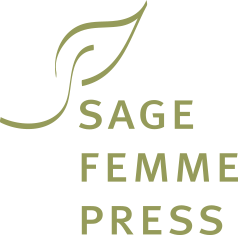“Much of life is the narrative equivalent of dark matter,” writes Parul Sehgal in her New Yorker essay “Tell No Tales.” Aha! I say to myself, it’s just like the genome, just like the universe. So much of importance is inaccessible to us.
And so I continue the reflection I began in July’s notebook entry which suggested that the written word is what remains. From what we remember, we shape the narrative of our lives, we create our story. The unstoried self, on the other hand, is lost to us. And yet, and yet….Writing the poem “Winter Count,” I attempted to cull a single memorable event from each year of my life from age 14 to 54 that would mark the passage of time. I wondered if I could do it—my memory is not as keen as some people’s. But as I immersed myself in the past some of that dark matter came to light. I was surprised at what I could remember. I enjoyed shaping the arc of a significant span of my life in this way.
In my field, health care, we have come to value patients’ own stories, not just the ritualized history that we set down in the medical record, because they provide context and insight that may be useful in guiding diagnosis and treatment. These days story is used as a means to enlighten us about all manner of things: immigration, war, climate change, politics, relationships, travel and so on. Still, the question Sehgal poses in her essay remains: “What is it that story does not allow us to see?”
